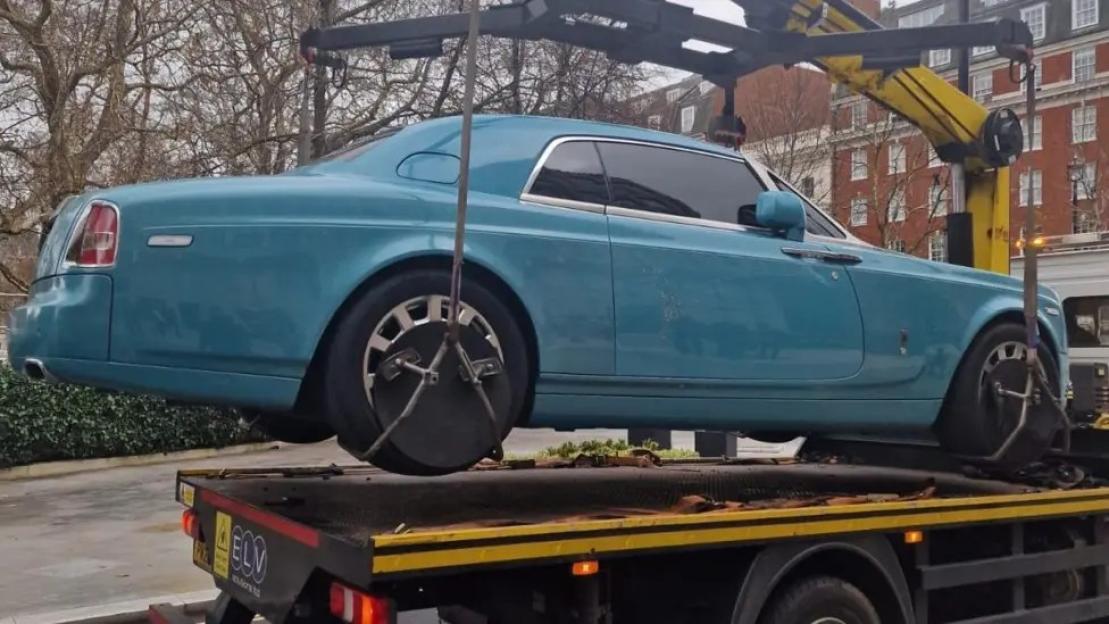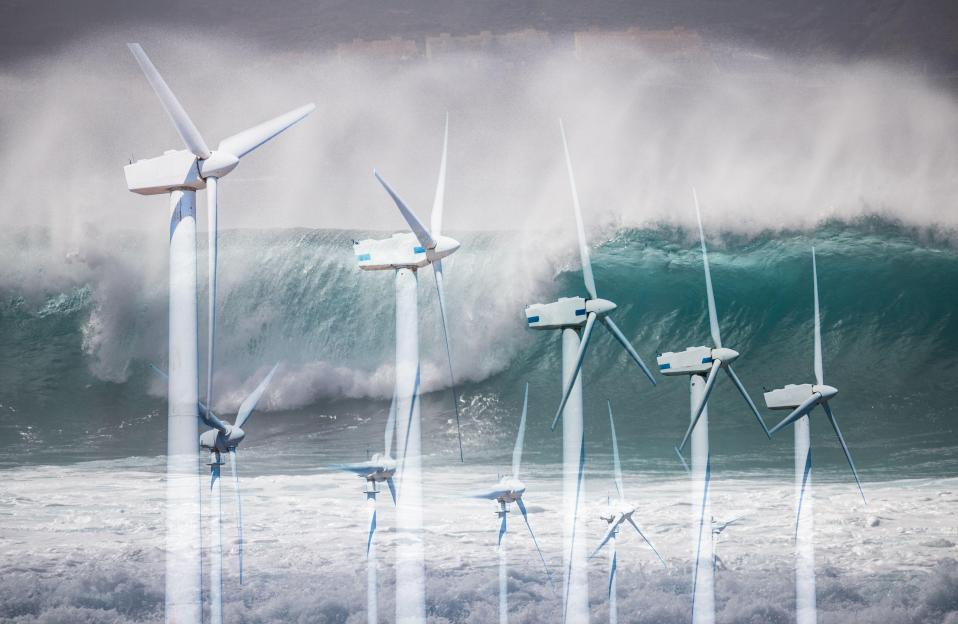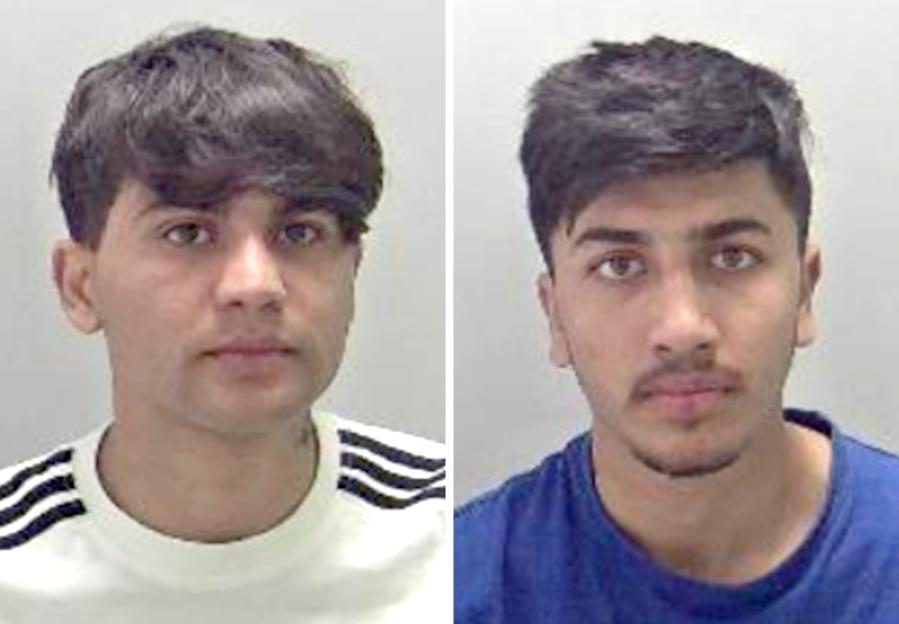IN the final weeks of Hitler’s life, convoys carrying the last loot of the Nazis left Berlin, bound for Bavaria in a desperate attempt to keep the riches out of Allied hands.
The treasure trove ultimately comprised hundreds of gold bars, dozens of boxes and bags of gold coins, and several millions of dollars worth of foreign cash.
 Cornelia Ostler has made it her life’s work to find the hidden hoard – taking over the baton from her treasure hunter fatherCredit: Cornelia Ostler / Pen News
Cornelia Ostler has made it her life’s work to find the hidden hoard – taking over the baton from her treasure hunter fatherCredit: Cornelia Ostler / Pen News
 Cornelia believes she’s closing in on the treasure hoard after finding key piecesCredit: Cornelia Ostler / Pen News
Cornelia believes she’s closing in on the treasure hoard after finding key piecesCredit: Cornelia Ostler / Pen News
 US troops recovering some of the treasure trove of gold bars and foreign cash buried in Bavaria in 1945Credit: Ian Sayer / Pen News
US troops recovering some of the treasure trove of gold bars and foreign cash buried in Bavaria in 1945Credit: Ian Sayer / Pen News
Worth potentially billions in today’s money, it was buried in the mountains around Walchensee, a pristine Alpine lake, where some was later recovered.
But in the chaos of post-war Germany, much of the stash was never accounted for – and now one treasure hunter thinks she’s closing in on it.
Cornelia Ostler, 40, said: “I do believe that some of the Reichsbank gold is still hidden somewhere in Bavaria.
“There was so much chaos in the final days of the war, and many things were moved or buried in haste.
“It’s quite likely that not everything was recovered later – and perhaps some finds were even kept secret.
“History is full of gaps, and those gaps are exactly what I’m trying to explore.”
The story of the treasure is recounted in Nazi Gold, by historian Ian Sayer and his co-author Douglas Botting.
In April 1945, more than 93 per cent of the Reich’s gold reserves were captured by the Allies at Merkers Mine in Thuringia, central Germany.
And with Berlin on the brink, Hitler reluctantly agreed to let most of the remainder be smuggled down to Bavaria.
So the gold and cash were dispatched by road and rail respectively, making their perilous way south through the shrinking corridor between the two fronts.
“When they got to Munich, they didn’t really know what to do,” Mr Sayer said.
“They’d lost contact with everybody. They couldn’t just phone up Heinrich Himmler or Hitler and ask.”
With time running out, the hoard was taken to a training facility for mountain troops in Mittenwald, scarcely a mile from the Austrian border.
From there, commanding officer Colonel Franz Wilhelm Pfeiffer sent it to Einsiedl, on the shores of the Walchensee, where it was stashed in the home of the chief forester.
In total, over 11 tons of treasure was piled high in what is now a shooting range in a youth hostel.
Then, on the night of April 26, the loot was loaded on to mules, taken into the mountains, and buried in several holes on the Steinriegl.

 In the final weeks of Hitler’s life, convoys carrying the last loot of the Nazis left Berlin in a bid to keep the riches out of Allied handsCredit: Getty
In the final weeks of Hitler’s life, convoys carrying the last loot of the Nazis left Berlin in a bid to keep the riches out of Allied handsCredit: Getty
 Cornelia, pictured during one of her searches, believes that some of the Reichsbank gold is still hidden somewhere in BavariaCredit: Cornelia Ostler / Pen News
Cornelia, pictured during one of her searches, believes that some of the Reichsbank gold is still hidden somewhere in BavariaCredit: Cornelia Ostler / Pen News
 Cornelia dug up a Nazi party badge dated 1934 in her search location – and she now believes she is close to a major discoveryCredit: Cornelia Ostler / Pen News
Cornelia dug up a Nazi party badge dated 1934 in her search location – and she now believes she is close to a major discoveryCredit: Cornelia Ostler / Pen News
Days later, with paranoia growing, the cache was dug up and buried in new holes, further obscuring its location.
American forces would ultimately recover some of it, but with few reliable records as to the size of the stash, it’s unclear just how much they got.
In any case, the few records we do have suggest there’s a lot of loot unaccounted for.
“I think that’s very fair to say,” said Mr Sayer.
“There were so many people involved, bringing different amounts of gold from different places and entities.”
He continued: “We know there were discrepancies. Nobody knew how much there really was – I mean there was some paperwork, but not for all of it.
“It wasn’t until years later that somebody realised in the Foreign Exchange Depository that the figures weren’t adding up – and that was just for the stuff where they actually had records.”
For her part, Cornelia believes she is “definitely” closing in on a big discovery.
One tantalising clue she’s found is a Nazi party badge dated 1934.
“Over the years, I’ve gathered many puzzle pieces that are slowly starting to fit together,” she said.
She’s corresponding with Mr Sayer too.
“That gives me motivation and confidence,” she said.
“I truly believe I might be closer to a discovery than many would expect.”
Mr Sayer actually tracked down two bars of the missing gold in the 1990s, and was photographed with them at the Bank of England.
Those particular bars had first disappeared from the hoard at Mittenwald half a century before.
But Ian believes that much of the lost loot has been stolen.
 A glass bottle discovered by Cornelia during her hunt for the treasure at Lake WalchenCredit: Cornelia Ostler / Pen News
A glass bottle discovered by Cornelia during her hunt for the treasure at Lake WalchenCredit: Cornelia Ostler / Pen News
 US troops recovering some of the gold in 1945Credit: Ian Sayer / Pen News
US troops recovering some of the gold in 1945Credit: Ian Sayer / Pen News
 Cornelia pictured with a metal detector as a child, picking up treasure hunting from her father at an early ageCredit: Cornelia Ostler / Pen News
Cornelia pictured with a metal detector as a child, picking up treasure hunting from her father at an early ageCredit: Cornelia Ostler / Pen News
 The story of Hitler’s treasure is recounted in Nazi Gold, by historian Ian Sayer, pictured, and his co-author Douglas BottingCredit: Refer to source
The story of Hitler’s treasure is recounted in Nazi Gold, by historian Ian Sayer, pictured, and his co-author Douglas BottingCredit: Refer to source
In Nazi Gold, he cites a “persistent rumour” in the Einsiedl area that a “considerable quantity… had escaped the Americans”.
One person involved, interviewed in 1978, told the author that “several million dollars” and a “large quantity of gold coins” were smuggled into Switzerland.
Mr Sayer also described how “residents of dubious character” in Garmisch-Partenkirchen, 11 miles west of Einsiedl, “were soon seen driving about in expensive Porsche and BMW motor cars”.
But the historian concedes that some might still be buried.
He said: “Are there caches of gold or other loot out there?
“There probably are, but why would you bury them and not come back for them?
“The only thing that’s going to stop you from getting it later is if you’re incapacitated, or sent to prison, or you forget where you put it – that’s a possibility.
“Those are the types of things that could contribute to their still being gold or currency out there.”
For Cornelia, the hunt for the Reichsbank treasure is a lifelong quest, inherited from her dad, Reinhold Ostler.
She said: “My father was one of Germany’s most renowned treasure hunters, and he was especially fascinated by the mystery of the Reichsbank gold.
“He lived in Munich at the time, and the Walchensee was not far away.
“He was convinced that not all of the Reichsbank gold had been recovered – and he firmly believed he could be the one to find it.”
She added: “I’ve taken on my father’s life’s work, and when I’m out searching, I feel very close to him.”
 The picturesque location in Bavaria where Hitler treasure hunters are searching for the hidden lootCredit: Jugendhaus Walchensee / Pen News
The picturesque location in Bavaria where Hitler treasure hunters are searching for the hidden lootCredit: Jugendhaus Walchensee / Pen News
 A commanding officer sent the hoard to Einsiedl on the shores of the Walchensee, where it was stashed in the home of the chief foresterCredit: Jugendhaus Walchensee / Pen News
A commanding officer sent the hoard to Einsiedl on the shores of the Walchensee, where it was stashed in the home of the chief foresterCredit: Jugendhaus Walchensee / Pen News Hitler's treasure inventory
- 364 bags of gold, each containing two bars, making 728 bars in total
- Four boxes thought to contain gold bullion
- 25 boxes of gold bars, each box weighing 50 kilos and containing four bars
- Two bags of gold coins
- Six cases thought to contain Danish coins
- 11 boxes, allegedly containing gold, weighing 150 kilos
- 20 airtight boxes, thought to contain gold coins
- 89 bags of foreign currency containing:
- 2,430,000 USD
- 230,500 GBP
- 2,000,000 French Francs
- 500,000 Swiss Francs
- 1,000,000 Dutch Guilders
- 2,340,000 Norwegian Krone
- 45,000 Swedish Krona
- 1,000,000 Italian Lira
- 69,000 Portuguese Escudo
- 40,000 Egyptian Pounds
- 226,650 Turkish Pounds
- 1,700 Palestinian Pounds







